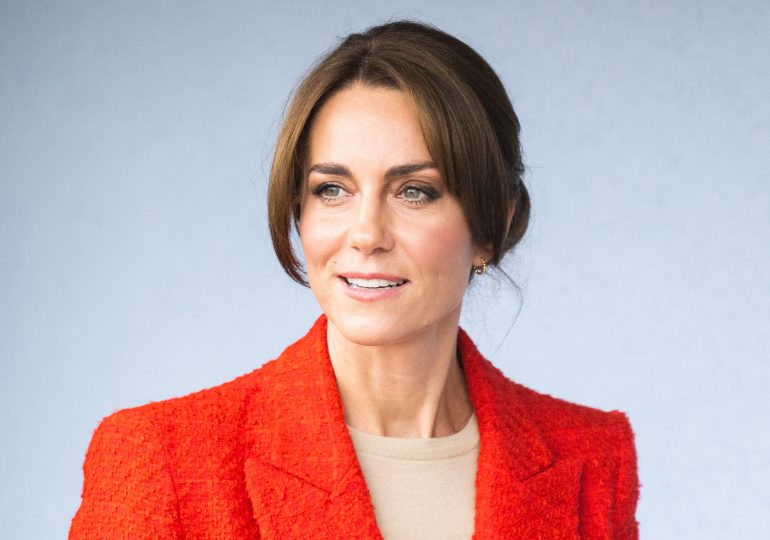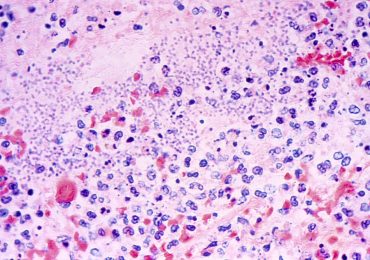In a video released by Kensington Palace, Kate Middleton revealed why she has been out of the public eye for months: she was diagnosed with cancer and has been receiving preventative chemotherapy. She did not say what type of cancer she has or the stage of her disease, but she began receiving preventative chemotherapy in late February, according to a statement from Kensington Palace.
[time-brightcove not-tgx=”true”]
“In January, I underwent major abdominal surgery in London and at the time, it was thought that my condition was non-cancerous,” the Princess of Wales said in the video. “The surgery was successful. However, tests after the operation found cancer had been present.”
“My medical team therefore advised that I should undergo a course of preventative chemotherapy and I am now in the early stages of that treatment.”
What is preventative chemotherapy?
Doctors say preventative chemotherapy can refer to a wide variety of medicines for many different types of cancer. It’s not a medical term, but the Princess of Wales is most likely referring to what doctors call adjuvant chemotherapy, which usually involves the same chemotherapy drugs that people receive to treat advanced cancer. It’s meant to kill any remaining, microscopic cancer cells a surgeon could not see and may have missed, and to destroy any cells that may have escaped and spread to other parts of the body.
Read More: The Race to Make a Vaccine for Breast Cancer
Depending on the type of cancer, studies have shown that giving “anywhere from three to six months of chemotherapy after surgery can significantly reduce the risk of cancer coming back,” says Dr. Jeremy Jones, interim chair of the division of hematology and oncology at the Mayo Clinic, who has no personal knowledge of Kate’s case. “It’s standard of care to reduce the risk of recurrence for many types of cancer.”
Jones says doctors decide to start adjuvant chemotherapy based on a combination of factors, but the main criterion is the stage of cancer. Cancer stages take into account whether cancer cells have spread to lymph nodes or other parts of the body, so adjuvant chemotherapy is mostly recommended for later-stage cancers that have a higher risk of recurring, he says.
How is preventive chemotherapy different from regular chemo?
When all visible traces of a patient’s cancer have been removed during surgery and adjuvant chemotherapy is used, doctors can prescribe any of the hundreds of agents that are available to treat more advanced cancers. Sometimes these are given in lower doses, but often they’re administered in the same doses as those used for treating cancer, says Jones.
However, people who receive adjuvant chemotherapy may only need short courses compared to those getting chemotherapy to treat more serious disease, says Dr. Beth Karlan, director of women’s health research at UCLA’s Jonsson Comprehensive Cancer Center. Most of the time, the drugs are delivered via infusion at a hospital or facility over the span of a few hours, but some may require more time; those patients may receive a port and return home with a pump that continuously provides the chemotherapy over a day or so. Most courses of preventive chemotherapy last at least three months.
“There is a lot of evidence to support adjuvant chemotherapy impacting overall survival, and allowing patients to live years longer and perhaps even effecting a cure,” says Karlan. The hope is that “it is preventing recurrence and thereby allowing her to live a full and productive life. The example she is providing with her message will have a salutary effect on so many other people.”
Leave a comment





